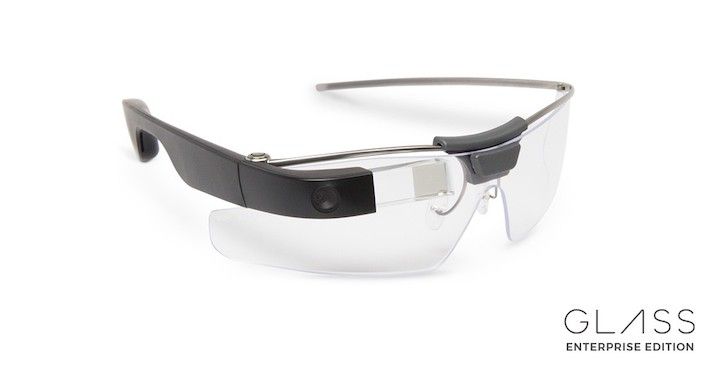Google Glass Wants to be Your EHR Solution
Glass developer X has announced a pivot toward industry, with healthcare being an emphasis.

Remember Google Glass? It’s back, and pushing to become your healthcare organization’s EHR solution.
In what the X team is calling a “new chapter,” Glass project lead Jay Kothari announced in a blog post earlier this week that Glass is pivoting away from consumers and toward industry, with healthcare being a primary focus.
While most of us forgot about the wearable du jour released to much fanfare and controversy in February 2013, the device did not die a quiet death. Instead, Google and Google-affiliated developers at X have been working on refining the device for business and industry. Healthcare is among the industry successes X is touting.
Kothari’s blog post cites two examples that are meaningful for any doctor or healthcare facility that’s under the strain of EHRs. A recent study published in the Journal of Innovation in Health Informatics provided enhanced clarity as to just how maligned EHRs are by doctors. One doctor went as far as to call them the equivalent of “texting at the dinner table.” The common thread from the study was that EHRs interfere with patient communication and distract doctors from their primary mission. That’s where Glass would come in (if X has its way).
Related: Study Sheds New Light on Physicians’ Views of EHRs
In his blog post, Kothari says Glass is in use in two healthcare settings. Physicians at San Francisco-based Dignity Health are using Glass during face-to-face patient interactions to call up health records. Additionally, they have paired Glass with an application partner called Augmedix to take notes during consultations. You can see a demo of Glass in action here. Dignity Health reports in the blog post that they’ve reduced time spent on patient notes and administrative work from 33% to less than 10%.
Sutter Health, based in Sacramento, reports a similar success story. The healthcare system reports that doctors are now spending 2 fewer hours on EHRs daily.
Kothari writes, “Now, instead of typing on a computer during consultations, (doctors) can connect with patients by looking them in the eye, listening as they talk, and asking questions—all with confidence that all the note taking work is being done in the background.”
Related
Study Highlights Power of IBM Watson’s AI for Genomic Sequencing
App Wrap: The Best Mobile Applications for Medical Professionals
Children’s hospitals face complex challenges dealing with disasters
April 18th 2025Pediatric hospitals deal with different factors in weather-related events and other emergencies. Terri Wilson of the Children’s Hospital Association talks about the challenges and the need for more planning and support.
Telehealth faces a looming deadline in Washington | Healthy Bottom Line podcast
February 12th 2025Once again, the clock is ticking on waivers for telemedicine and hospital-at-home programs. Kyle Zebley of the American Telemedicine Association talks about the push on Congress and the White House.